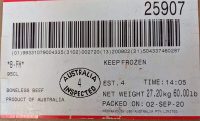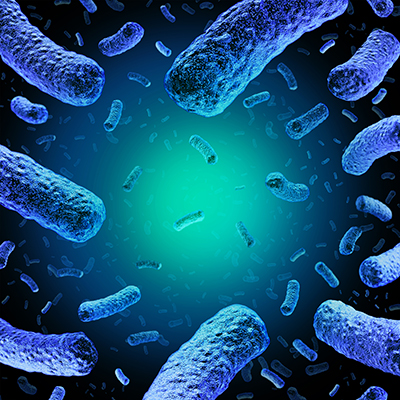Last week a report released by Congress cited dangerous levels of toxic heavy metals in several brands of baby food. Back in November 2019, the Subcommittee on Economic and Consumer Policy asked for internal documents and test results from baby food manufacturers Nurture, Inc. (Happy Family Organics), Beech-Nut Nutrition Company, Hain Celestial Group, Inc., Gerber, Campbell Soup Company, Walmart, Inc., and Sprout Foods. According to the staff report, Nurture, Beech-Nut, Hain and Gerber responded to the requests, while Walmart, Campbell and Sprout Organic Foods did not.
The findings indicate that significant levels of arsenic, lead, cadmium and mercury were found in the baby foods of the four manufacturers who responded to the Subcommittee’s requests (Nurture, Beech-Nut, Hain and Gerber). It also stated the alarming point that, “Internal company standards permit dangerously high levels of toxic heavy metals, and documents revealed that the manufacturers have often sold foods that exceeded those levels.”
The Subcommittee voiced “grave concerns” that the baby food made by Walmart, Sprout Organic Foods and Campbell was “obscuring the presence of even higher levels of toxic heavy metals in their baby food products than their competitors’ products” due to their lack of cooperation.
In addition, the report states that the Trump administration “ignored a secret industry presentation to federal regulators revealing increased risks of toxic heavy metals in baby foods” in August 2019.
“To this day, baby foods containing toxic heavy metals bear no label or warning to parents. Manufacturers are free to test only ingredients, or, for the vast majority of baby foods, to conduct no testing at all,” the report stated (infant rice cereal is the only baby food held to a stringent standard regarding the presence of inorganic arsenic).
As a result of the findings, the Subcommittee has made several recommendations:
- FDA should require baby food manufacturers to test their finished products for toxic heavy metals.
- FDA should require manufacturers to report toxic heavy metals on food labels.
- Manufacturers should find substitutes for ingredients that are high in toxic heavy metals or phase out the ingredients that are high in toxic heavy metals.
- FDA should set maximum levels of toxic heavy metals allowed in baby foods.
- Parents should avoid baby foods that contain ingredients that test high in toxic heavy metals.
The 59-page report, “Baby Foods Are Tainted with Dangerous Levels of Arsenic, Lead, Cadmium, and Mercury”, is available on the U.S. House of Representatives’ website.

















